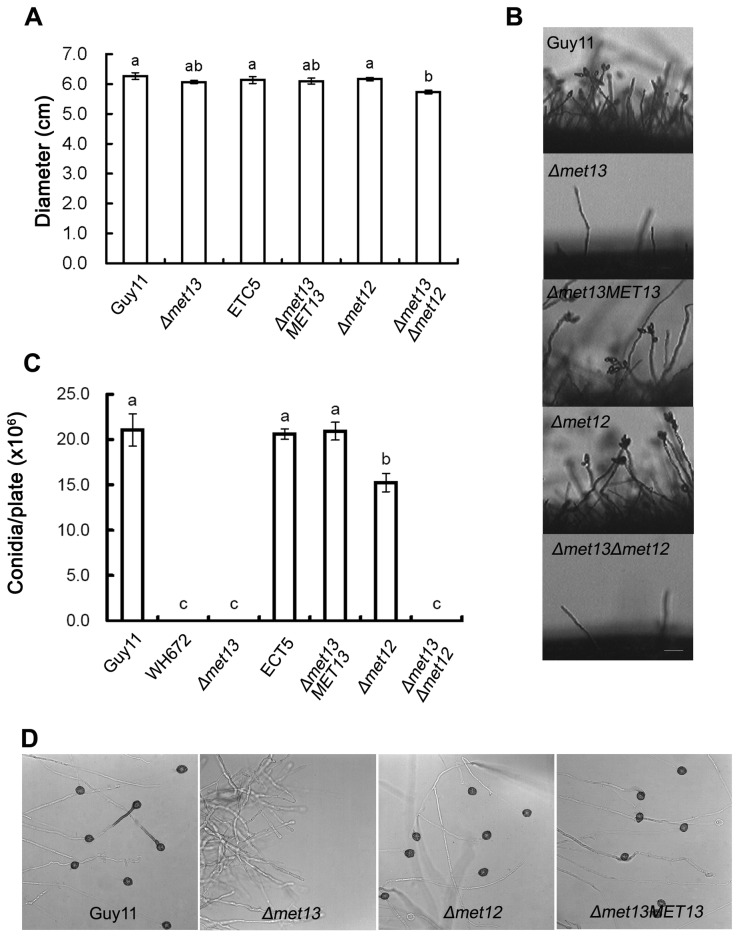Figure 3. Phenotypic analysis of Δmet13 and Δmet12 mutants.
(A) Bar chart showing colony diameters of the wild-type strain Guy11, Δmet13 (K56), ectopic transformant (ECT5), Δmet13MET13 (C3), Δmet12 (K12-7) and Δmet13Δmet12 (DK7) on CM medium at 25°C for 10 days. Error bars represent the standard deviation. Lower case letters indicate significant differences at P = 0.05. (B) Microscopic observation of conidial development. Aerial hyphae were significantly reduced and conidia were not observed in the Δmet13 and Δmet13Δmet12 mutants. The wild-type strain Guy11 and the complementation strain (Δmet13MET13) formed normal conidiophores and numerous conidia. All the tested strains grown on CM medium for 4 days were examined by light microscopy. Bar = 20 μm. (C) Bar chart showing the conidial production. The WH672, Δmet13 and Δmet13Δmet12 mutants were unable to produce any conidia, while the Δmet12 muatnt produced significantly less conidia than Guy11, ECT5 and Δmet13MET13 on CM medium at 25°C for 12 days. Error bars represent standard deviation. (D) Appressoria were formed by the hyphal tips of Guy11, Δmet13, Δmet12 and Δmet13MET13 on hydrophobic surfaces. After 24 h incubation at 25°C in the dark, numerous appressoria were produced by Guy11, Δmet12 and Δmet13MET13, however, no appressoria were observed after inoculation of Δmet13. Bar = 20μm.

